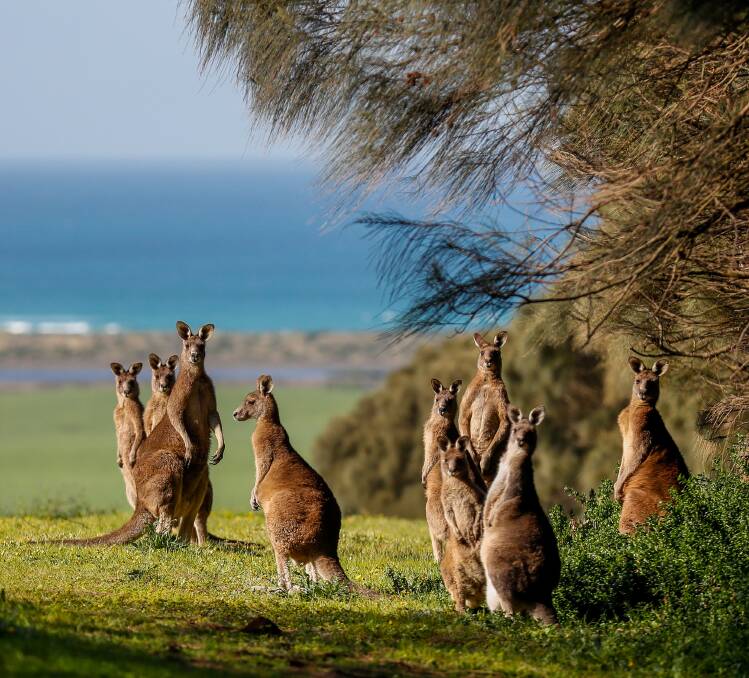
We look at the history of Tower Hill since European settlement in the 1850s.
Subscribe now for unlimited access.
$0/
(min cost $0)
or signup to continue reading
After a rough and tumble journey across the world by sea to flee starvation, just about anything at your final destination would be a sight for sore eyes.
But for the Irish immigrants fleeing the potato famine of the 1850s, what they found was beyond their wildest dreams.
Tower Hill and Koroit and district would have indeed unfolded in front of their eyes as the promised land.
Here were rolling green fields, fed by rich volcanic earth - ground potatoes would plant themselves in.
And at the heart of this land was Tower Hill, a colossal landmark, with so much to offer. It's seemingly endless trees would provide the building materials for homes and businesses, the water as irrigation for nearby crops, quarrying for road-making materials, the open land for potato growing and grazing cattle. It was right there, an unlimited source of everything they needed at their backdoor.
But all good things come to an end.
By the time the 1800s had come to an end, the township of Koroit was established, and the nearby farming hamlets of Tower Hill, Crossley, Killarney, Illowa and Southern Cross were also flourishing.
But the goose that had laid the golden was not in such great shape. Tower Hill had been stripped of almost all its native trees, and as a result, its native animals had fled. Cows now grazed on land where kangaroos had been the most plentiful.
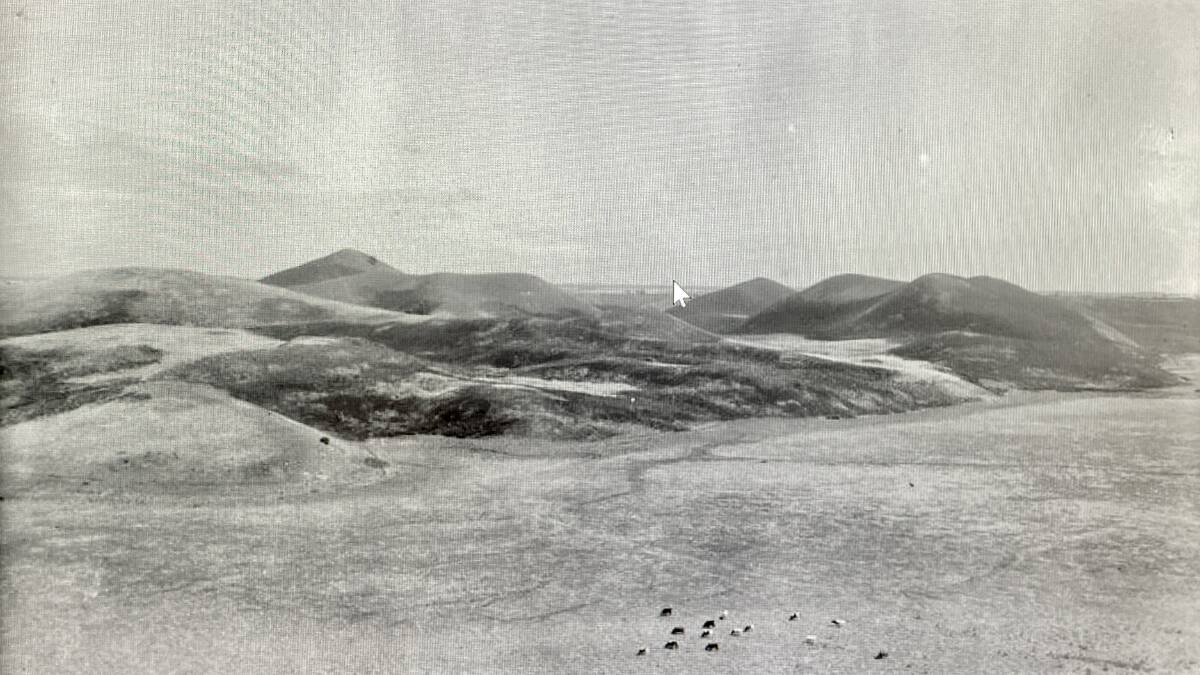
By the middle of the 20th century, there had been no effort made to repair the Tower Hill landscape.
Farming continued there, as did motorcycling racing, the bare and barren hills providing the ideal track.
By the start of the 1960s, the time had arrived, when enough had become enough.
The Fisheries and Game Department helped ensure Tower Hill became a state game reserve.
The department then used a famous painting of Tower Hill from 1855 by artist Eugene von Guerard as a reconstruction blueprint. They wanted the trees and the wildlife back.
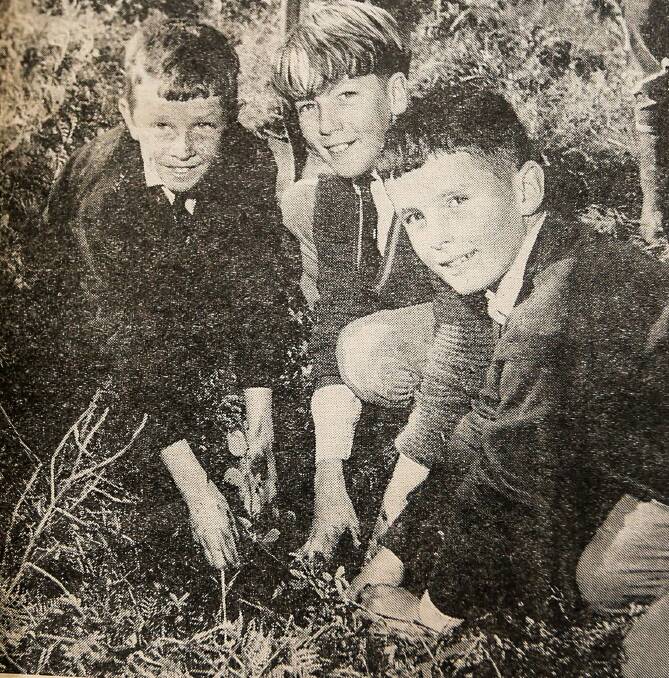
Local schools were engaged to help complete the huge task of re-vegetating, with most children from Koroit and district primary schools during the 1960s having gotten their hands dirty to help with the tree planting.
It was a huge project that turned out to be an amazing success, within a decade Tower Hill was resembling its former glory.
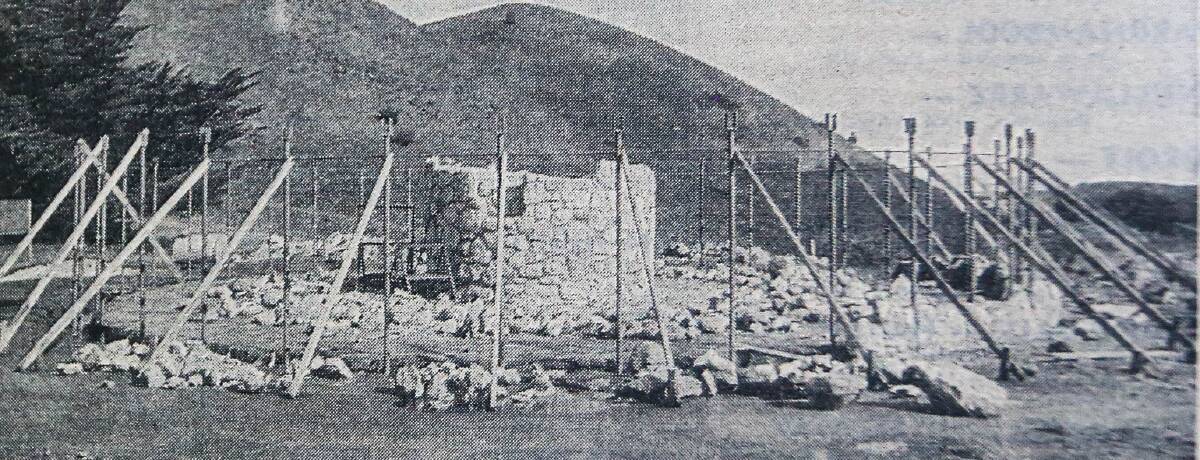
The construction of the visitor centre in 1969 made it even more user friendly and Tower Hill was now a favourite day trip for locals and visitors alike.
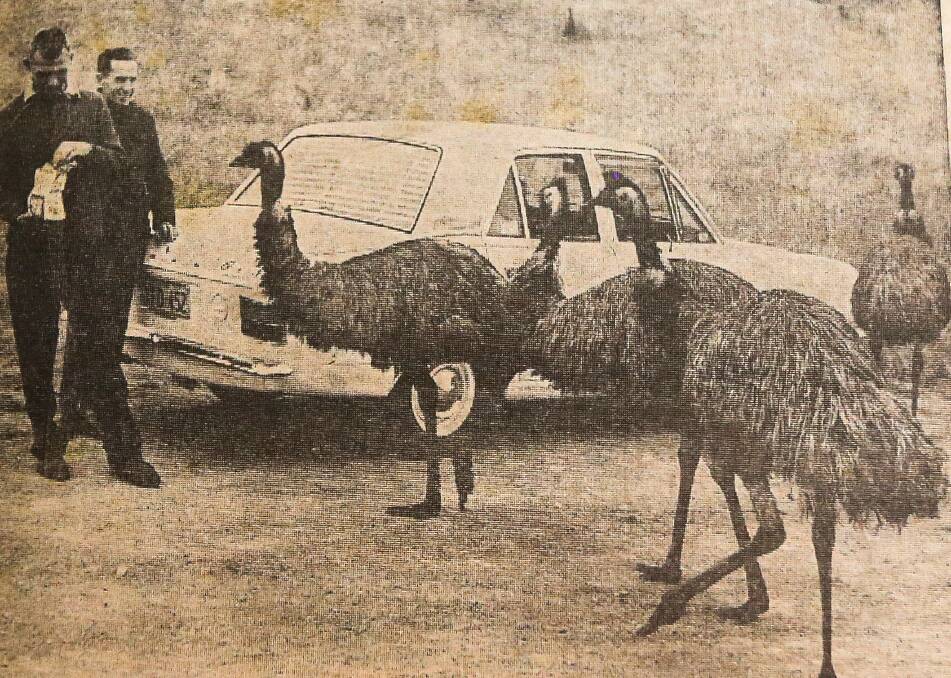
Family photo albums from the 1970s for many people across the south-west would no doubt feature a visit to Tower Hill, most likely having a barbecue with some nosey and overly friendly emus attempting to steal some sausages.
It was brushes like this with iconic Australian fauna and flora that made Tower Hill so beloved.
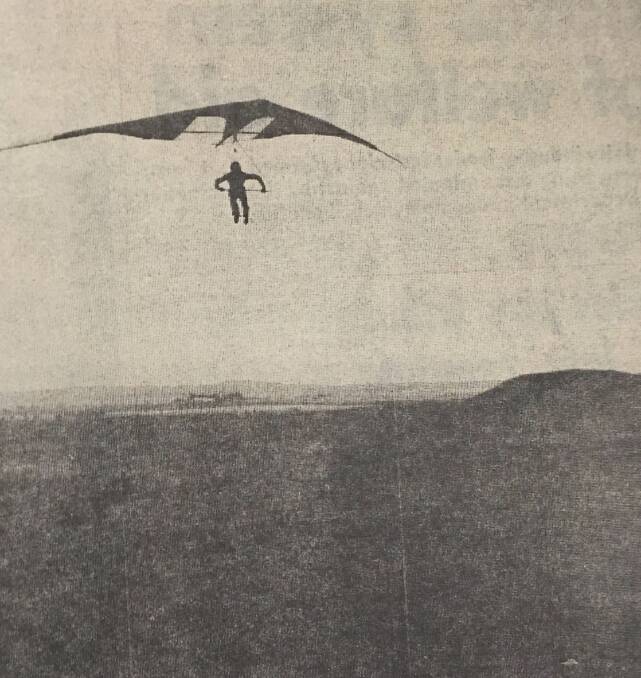
It wasn't only at ground level that Tower Hill was the place to be. Hang-Gliding was a popular sport in the 1970s and Tower Hill turned out to be a perfect location, with high-level competitions held there.
Tower Hill continued to flourish and rejuvenate through the 1970s and 1980s.
The track towards its natural state continued into the 1990s.
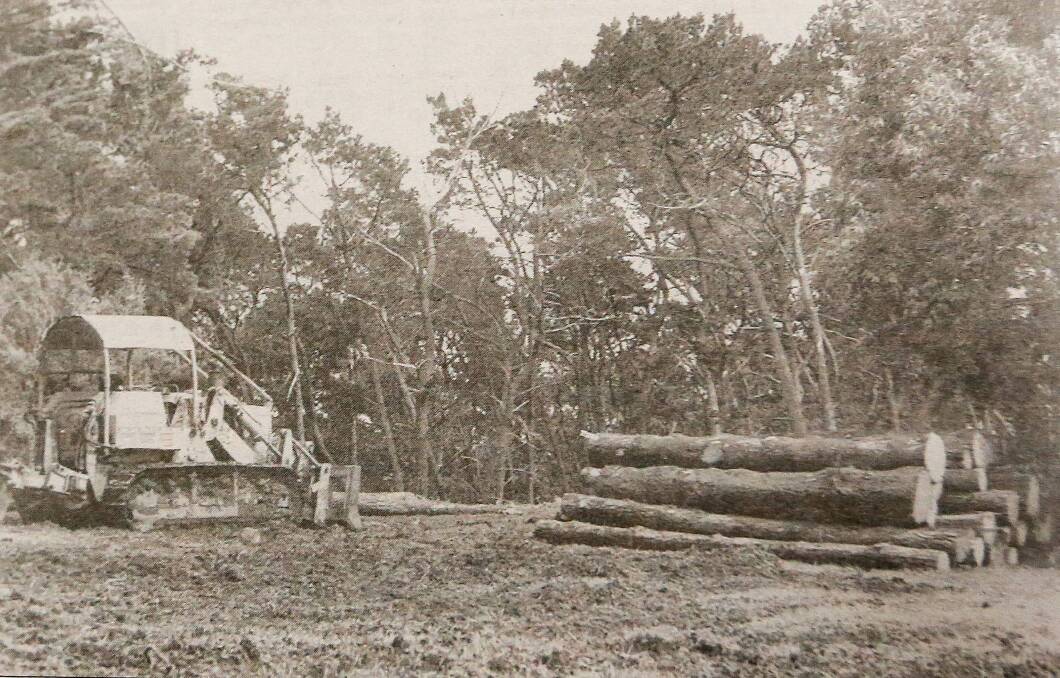
In October 1994, Tower Hill underwent a huge transformation with the removal of pine trees along the top of the game reserve. The trees had been planted decades before by the Shire of Warrnambool. This was during a time when Koroit's water supply came from Tower Hill. The idea was the pine trees would help keep the water source pure. The trees could be removed because Koroit's water source had changed and would now come from the north of the town. The removal of non-native pines trees brought back a long-gone view from the northern rim to the ocean.
While the love for Tower Hill is strong, there was at least one person who was hellbent on destruction in the January of 2004. A fire was deliberately light at this time, burning six hectares of bushland before CFA crews were able to bring it under control.
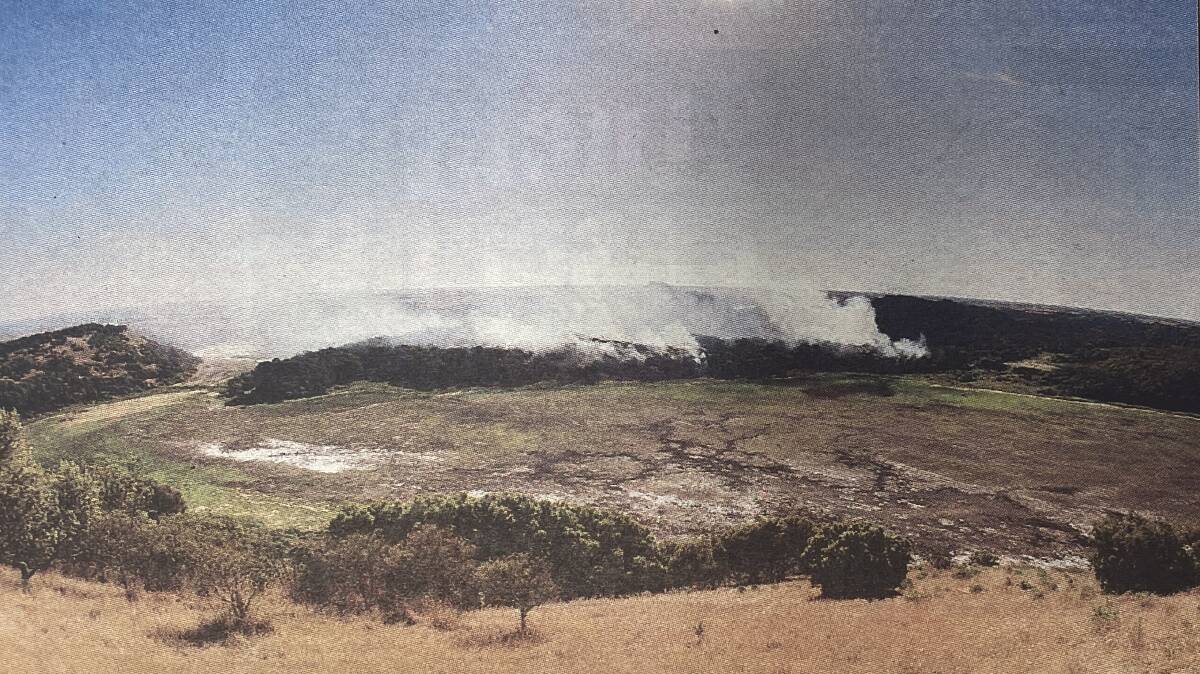
Just two years later, it was nature's turn to make life hard for Tower Hill.
The rain had stayed away long enough for a drought to arrive, with large sections of the Tower Hill lake so dry they could be walked on.
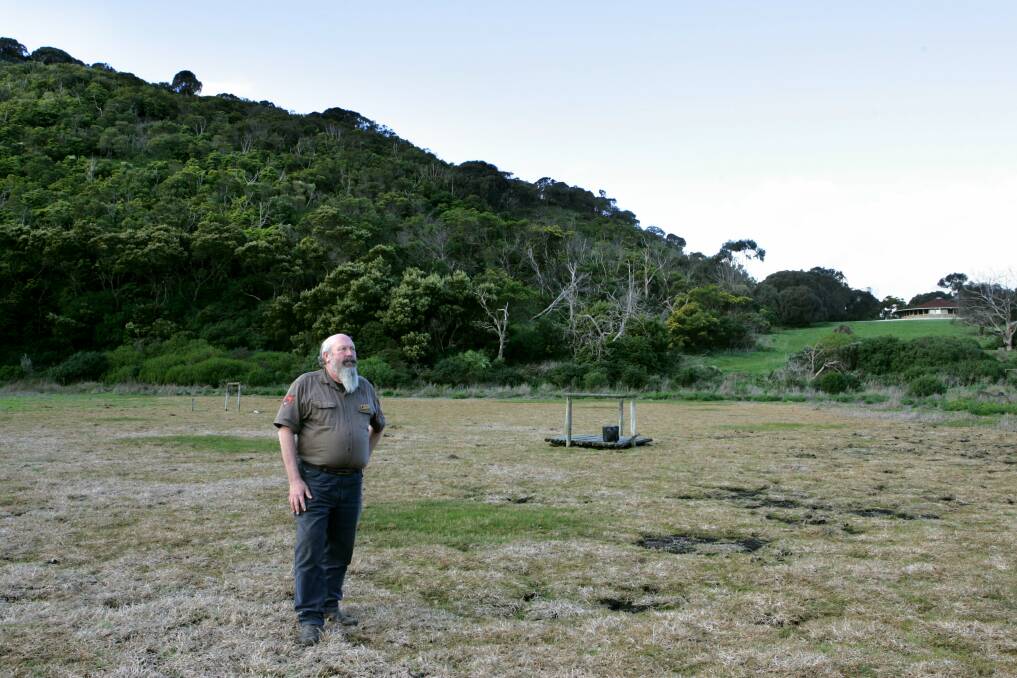
While motorcycle racing was now a thing of the past, in 2012, mountain bike competition began at Tower Hill. Two years later, the Tower Hill Challenge was introduced, which was a running endurance event that started from the bottom of the crater.
In 2020, huge news arrived for Tower Hill that the state government had pledged $11.3 million for its redevelopment. This included grand plans, which are at the moment a work in progress.


